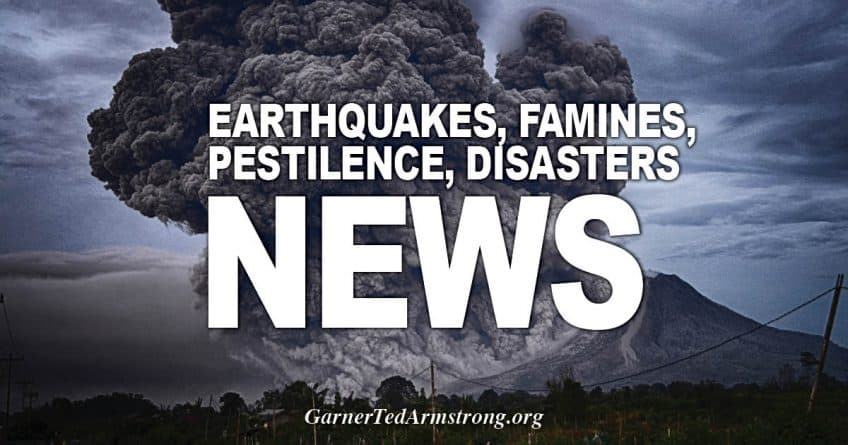After being hit by Hurricane Irma, U.S. Virgin Island residents in St. John are now trying to leave the island before Hurricane Maria strikes the area. USA TODAY
Warnings and watches lit up across the Caribbean on Monday as Hurricane Maria gained strength and roared toward islands already hobbled by the carnage of Hurricane Irma.
Maria, which grew to a Category 3 hurricane Monday morning, had maximum sustained winds of of 120 mph at 11 a.m. ET. It is still too early to determine whether the storm will impact the U.S. East Coast and any threat would not be until early next week, but a strike on Florida is still a possibility.
“We may luck out and it turns north before reaching Florida,” AccuWeather meteorologist Dave Samuhel said. “Unfortunately, it looks like blocking high pressure could force it into Florida. Definitely something we are watching.”
The center of Maria will move across the Leeward Islands late Monday and then slam through the extreme northeastern Caribbean Sea on Tuesday, the National Hurricane Center in Miami said.
Additional rapid strengthening is forecast during the next 48 hours, the hurricane center said. By later Tuesday, Maria should have winds of 150 mph, making it a Category 4 hurricane.
“This storm promises to be catastrophic for our island,” said Ernesto Morales of the National Weather Service in San Juan. “All of Puerto Rico will experience hurricane-force winds.”
But first, the U.S. Virgin Islands likely will face “at least a glancing blow if not a full-on landfall” late Tuesday or early Wednesday, said Dave Samuhel, senior meteorologist with AccuWeather.
On St. John’s, the smallest of the U.S. Virgin Islands, people lined up to flee the storm. Irma blasted across the island Sept. 7, a Category 5 storm with sustained winds of 185 mph. Homes and businesses were blown apart and power is expected to be out for months.
Puerto Rico, Haiti and the Dominican Republic could see Maria’s wrath on Wednesday. Puerto Rico President Ricardo Rossello said the government has prepared hundreds of shelters capable of housing more than 100,000 evacuees if necessary.
A potential impact on the East Coast will depend on steering currents in the upper atmosphere over the western Atlantic and the eastern U.S. that can’t be determined more than a week in advance, according to the Weather Channel.
Hurricane Jose threatens East Coast
Meanwhile, Hurricane Jose’s 75 mph sustained winds will continue to bring rip currents and rough surf to the U.S. East Coast over the next several days.
Tropical-storm warnings have been posted along the southeastern New England coast, including most of the Rhode Island and Massachusetts coastline.
“Coastlines from North Carolina to southern New England are in for a long period of rough surf and an increasing risk of beach erosion,” said Weather Underground meteorologist Bob Henson. “If Jose were to make landfall, it could end up producing significant surge even as a post-tropical storm,” he said.
Jose will produce heavy rain as it passes near southern New England and the mid-Atlantic on Tuesday and Wednesday, the hurricane center said. Total accumulations of 3 to 5 inches are expected.
The hurricane center said the center of Jose was forecast to pass well offshore of the Outer Banks of North Carolina on Monday, east of the Delmarva peninsula overnight and Tuesday and east of the New Jersey coast on Wednesday.
Contributing: Rick Jervis; The Associated Press
[Disclaimer]







